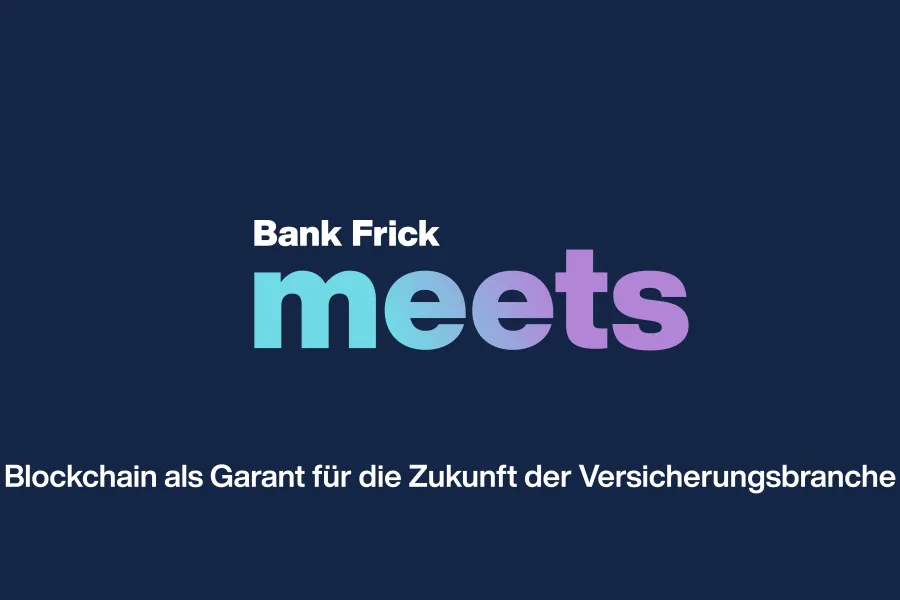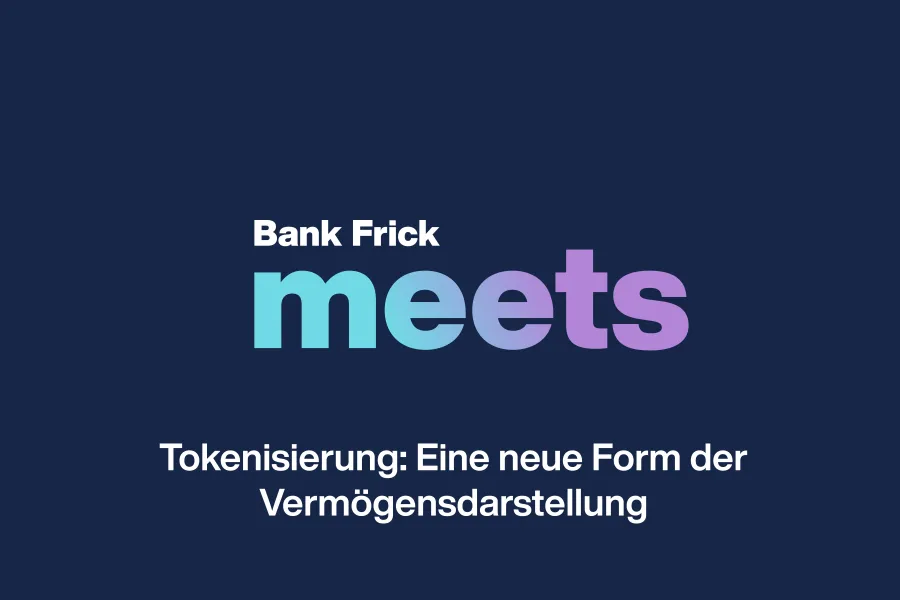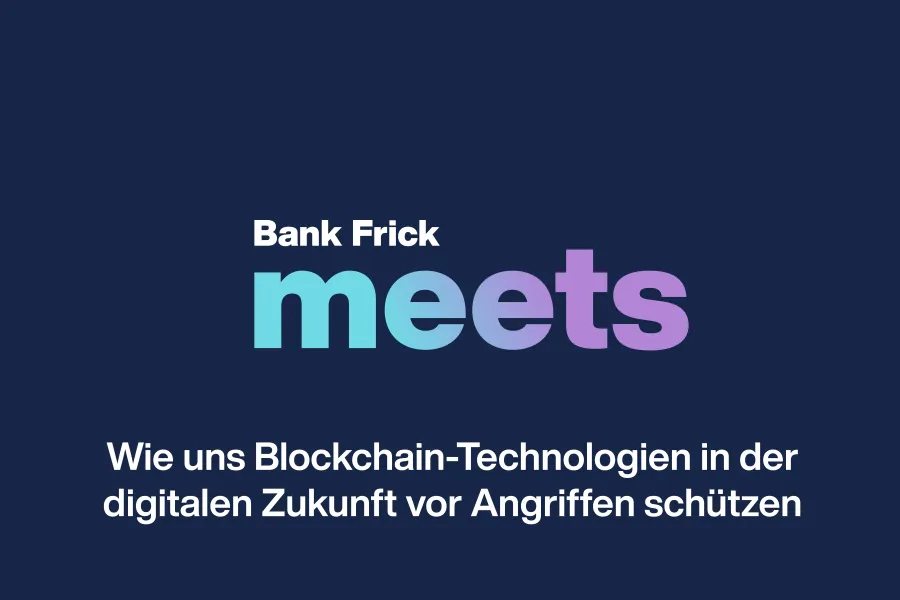Institutional investors can create added value with crowdlending
Crowdlending, which is also known as marketplace lending, has now arrived in the institutional investment sector, too. The returns that can be achieved with this alternative form of investment are often significantly higher than those of traditional investments. Risks can be effectively reduced by means of broad diversification and price development has hardly any correlation with the safe custody account assets, which can usually be found on a list of assets.
The right platform
Although the crowdlending platforms may seem similar at first glance, the way they function can differ greatly. Whereas some providers increase risk diversification with additional features, such as a joint and several liability clause between the investors, other platforms offer isolated participation in individual receivables. It is important to get an idea of the platform operator’s key figures at the start of the selection process. This includes not only the financial figures of the operator itself, but also the key figures on loans paid out to date, rejection rates, average loan amounts and historic default rates. Since many providers have only entered the market in the recent past and do not have a long company history, it is also essential to talk to the management in person.
Crowdlending via structured, regulated products
A matter of interest for future investors is how the sourcing process works on both sides – in other words, how the lender and borrower find their way to the platform and ultimately ensure market liquidity. Product manufacturers and future investors want to be sure not only that there will be a sufficient volume of applications available for investment but also that they will have the option of prematurely terminating a current loan receivable.
For the crowdlending platforms, the route to institutional investors such as pension funds, insurance companies and family offices is almost exclusively via structured and regulated investment products.
Not all A ratings are equal
A key point to check is the scoring. Every borrower is given a risk classification which ultimately determines the overall risk and the target return within a product. Product manufacturers and future investors must ensure that they understand the risks of the individual rating classes by carefully studying the scoring methodology. This is all the more important because every platform uses its own scoring models, meaning that they are only comparable to a limited extent.
Earnings forecasts through geographic focus
A factor which has a big influence on crowdlending’s attractiveness as an asset class is the geographic zones in which the platform awards the financing. Measurable payment habits in both the private and SME sectors can vary considerably from one country to the next. With that in mind, it is definitely important to choose an operator that has a specific geographic focus so as to be able to make earnings forecasts that are as accurate as possible.
Monitoring and rating the product
When it comes to the continuous monitoring and rating of the product, the manufacturer has to rely on the ongoing supply of data via the credit portfolio. Payment delays and even defaults can have a major impact on the return from a product and must be identified in good time. Accordingly, the platform must be technically capable of providing both standardised reports and reports that are tailored to the product manufacturers’ specific needs.
A win-win situation
In addition to returns, another argument that product manufacturers can offer vis-à-vis investors is convenience. All payment flows, such as interest payments and repayments, are automatically executed via their bank account, key investor notifications are communicated via their principal bank and the product is shown, as usual, as a depositable security in the client portfolio. If product manufacturers take care to choose the right platform and understand the essential processes involved in crowdlending, they can create added value both for themselves and for their customers.
Share post

Auch interessant

Vom Code zur Wirkung: Mit Blockchain zu mehr Transparenz und Effizienz
Die Blockchain-Technologie, bekannt geworden durch Laszlo Hanyecz' berühmten Pizzakauf 2010, hat sich weit über digitale Währungen hinaus entwickelt. Mit ihren Eigenschaften – Dezentralisierung, Transparenz und Unveränderbarkeit – ermöglicht sie effiziente und sichere Transaktionen ohne Mittelsmänner. Besonders Smart Contracts haben die Einsatzmöglichkeiten der Blockchain erweitert, etwa in Bereichen wie Lieferketten, Automatisierung und grenzüberschreitende Zahlungen.
Kritiker äußern Bedenken hinsichtlich Energieverbrauch und Komplexität, doch moderne Blockchains sind energieeffizienter geworden und durch benutzerfreundliche Schnittstellen leichter zugänglich. Im Non-Profit-Sektor bietet Blockchain großes Potenzial: Spenden können transparent, kostengünstig und nachvollziehbar vom Spender direkt zum Empfänger übertragen werden, wodurch Effizienz und Wirkungsnachweis deutlich verbessert werden. Die Technologie markiert somit den Beginn einer neuen Ära von Vertrauen und Zusammenarbeit.

Einblicke in den Prozess der Gestaltung von AMCs
Actively Managed Certificates (AMCs) haben sich zu einem bedeutenden Bestandteil des europäischen Finanzmarktes entwickelt. Als strukturierte Produkte, rechtlich als Schuldverschreibungen klassifiziert, bergen sie für den Investor ein entsprechendes Gegenparteienrisiko, vergleichbar mit anderen strukturierten Finanzprodukten. AMCs werden in Form von Wertpapieren verbrieft, die den jeweiligen Inhaber das Recht auf Geldrückzahlung oder Lieferung eines Basiswertes geben. Durch den Erwerb wird der Investor somit zum Gläubiger des Emittenten und begibt sich in eine Abhängigkeit im Hinblick auf die Art und Höhe der Rückzahlung, die von verschiedenen Parametern abhängig ist.

Direct Market Access – Effiziente Handelsabwicklung für Fondsstrategien
Liechtenstein verfügt über eine langjährige Tradition in den Bereichen Banking und Asset-Management. Seit dem EWR-Beitritt im Jahr 1995 hat sich der liechtensteinische Finanzplatz sukzessive als fachkundige Anlaufstelle für Promotoren von kollektiven Anlagestrukturen auf dem europäischen Finanzmarkt etabliert.

Blockchain als Garant für die Zukunft der Versicherungsbranche
Der Versicherungsmarkt ist ein wesentlicher Bestandteil der Weltwirtschaft und deckt sowohl persönliche als auch geschäftliche Risiken ab. Es ist daher nicht verwunderlich, dass es sich um eine der grössten Branchen der Welt handelt, die einen geschätzten Wert von etwa 5 Billionen US-Dollar aufweist und rund 2,7 Millionen Menschen auf der ganzen Welt beschäftigt. Von den 5 Billionen US-Dollar entfallen rund 3,7 Billionen US-Dollar auf den weltweiten Lebensversicherungsmarkt, während der Wert des Schaden- und Unfallversicherungsmarktes bei 1,3 Billionen US-Dollar liegt.

Tokenisierung: Eine neue Form der Vermögensdarstellung
Seit Anbeginn der Zeit haben die Menschen gejagt und gesammelt und sich das, was sie fanden, zu eigen gemacht. Dies ist die Zeit, in der das Konzept der besitzfähigen Vermögenswerte zum ersten Mal auftaucht, wenn auch nur in rudimentärer Form. Seitdem haben sich die Vermögenswerte weiterentwickelt und sind komplexer geworden, weil die Menschen zuverlässigere Wege gefunden haben, Vermögenswerte mit Menschen zu verbinden. Heutzutage schliessen Menschen bei der Übertragung von Vermögenswerten Verträge ab.

Blockchain: A technology with social impact
Foundational technology is the most effective tool for impacting society at large and solving the challenges it is faced with. One such foundational institutional technology is the blockchain, which entered the picture through the discovery of Bitcoin in 2009 and has since proliferated and emerged in many different forms.
What does blockchain’s social impact look like?

Wie uns Blockchain-Technologie in der digitalen Zukunft vor Angriffen schützt
Die Blockchain-Industrie verzeichnet seit einigen Jahren ein signifikantes Wachstum. Krypto-Start-ups schiessen aus dem Erdboden, und eines nach dem anderen scheint sich als «Einhorn» zu erweisen. In unserer neuen Reihe werden wir diese Technologie in Blogposts und Webinaren genauer unter die Lupe nehmen und erörtern, weshalb sie so erfolgreich ist und überall im Zentrum des Interesses steht. Dabei werden wir uns weniger mit dem spekulativen Aspekt befassen, mit dem die Blockchain häufig in Verbindung gebracht wird, sondern vielmehr untersuchen, inwiefern sie reale Probleme lösen kann.

Wie klassische Finanzintermediäre in der Krypto- und Blockchain-Welt Fuss fassen können
Mit zunehmender Selbstverständlichkeit fragen immer mehr Kunden nach Dienstleistungen rund um Kryptowährungen. Für Finanzintermediäre eröffnet diese Nachfrage neue Geschäftsmöglichkeiten. Um das Potenzial heben zu können, müssen die Akteure aber auch das Spezialwissen zur Verfügung haben.

Blockchain technology reinvents correspondent banking – just not yet
As one of its major use cases, blockchain technology is said to transform traditional correspondent banking. So far major challenges have pushed back this transformation. It is more likely than ever that with central bank digital currencies on the horizon; blockchain disruption will finally come to fruition in the realm of cross-border banking.

Turning crypto investment into an earning asset
With Ethereum upgrading to Proof of Stake, the crypto world is going through one of its most transformative shifts to date. This means that customers will soon be able to earn interest on their digital asset holdings through a process called staking. What staking is, how it will define the future of Ethereum and digital asset custody at large is explained in this article.